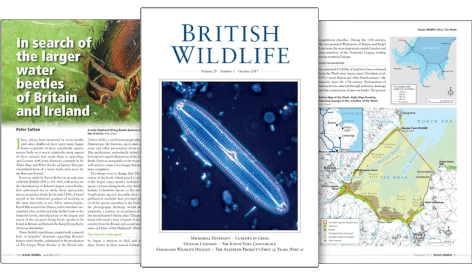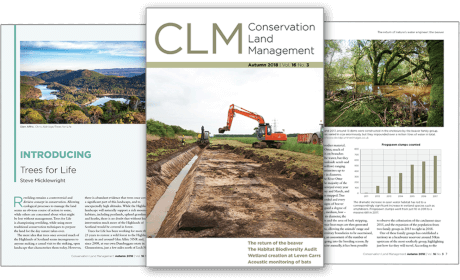About this book
From antiquity until today, trees and woods have inspired artists, writers and scientists; they have shaped cultures and reverberated through belief systems. Yet worldwide forest cover has declined dramatically over the last 1,000 years. Now, primaeval forests are only to be found at a few sites unreachable by humans, and even then they are affected by climate change, atmospheric pollution and species extinctions.
Nonetheless, ancient woods, trees and forests are at the core of many global landscapes. Understanding the vital resources that they provide requires genuinely multidisciplinary research. With contributions from major authorities in the field such as Oliver Rackham, Frans Vera, Elisabeth Johann, George Peterken and Melvyn Jones among others, this timely volume reflects on the importance of our oldest trees from a range of perspectives and varied geographical locations.
Individual chapters consider eco-cultural heritage, the archaeology of trees, landscape history, forest rights, tree management, saproxylic insects, the importance of deadwood, practical conservation and monitoring, biodiversity, wood-pasture and more. Fresh insights are provided from across Europe as far as Turkey. Given the urgent need to understand, conserve and restore ancient woodlands and trees, Ancient Woods, Trees & Forests will do much to raise awareness, foster enthusiasm and inspire wonder.From antiquity until today, trees and woods have inspired artists, writers and scientists; they have shaped cultures and reverberated through belief systems. Yet worldwide forest cover has declined dramatically over the last 1,000 years. Now, primaeval forests are only to be found at a few sites unreachable by humans, and even then they are affected by climate change, atmospheric pollution and species extinctions.
Contents
1. Ancient woodland in concept and practice / George Peterken
2. The cultural heritage of woods and forests / Ian D. Rotherham
3. Archaeology of trees, woodland and wood-pasture / Oliver Rackham
4. Ancient rights in ancient forests / Graham Bathe
5. The importance of an open-grown tree: from seed to ancient / Ted Green
6. Ancient and other trees of special interest: indicators of old-growth biodiversity and heritage / Jill Butler
7. Worked trees and ecological indicators in wooded landscapes / Ian D. Rotherham
8. Ancient forests in Germany: distribution, importance for maintaining biodiversity, protection and threats / Monika Wulf
9. Tree abundance, density and age structure: the key factors that determine species richness in saproxylic invertebrates / Keith N.A. Alexander
10. Old growth and deadwood as key factors for nature conservation in managed forests / Harald Schaich, Thomas A.M. Kaphegyi, Rudolf Lühl, Nicole Schmalfuß, Mattias Rupp, Thomas Waldenspuhl and Werner Konold
11. The diversity of ancient woodlands in Austria: historical developments and contemporary social importance / Elisabeth Johann
12. Wood-pasture: for food, wood and biodiversity / Frans Vera
13. The ancient woodland concept as a practical conservation tool: the Turkish experience / Simay Kirca, Alper H. Çolak and Ian D. Rotherham
14. Using pollen data and models to assess landscape structure and the role of grazers in pre-agricultural Denmark / Anne Brigitte Nielsen
15. Tanneries and treescapes: the influence of the tanning industry on woodland management / Christine Handley and Ian D. Rotherham
16. A hidden treasure in Turkey: old oaks of unique value / Nicklas Jansson, Ogün Ç. Türkay and Mustafa Avci
17. Antiquity of ancient woodlands and cultures: the example of Sandras Mountain, Turkey / Alper H. Çolak, Simay Kirca and Ian D. Rotherham
18. Woods and trees in England’s Anglo-Saxon countryside / Della Hooke
19. Ancient and modern: the conservation of ancient woods and trees in a changing world / Keith Kirby
20. Walls, woodbanks and woodwards: the protection of coppice woods from trespassers, thieves and grazing animals / Melvyn Jones
21. The natural character of ancient woodland / Tom Williamson
22. European woodland history and management: some concluding thoughts / Ian D. Rotherham, Alper Çolak and Simay Kirca
Customer Reviews
Biography
Alper H. Çolak is a Professor in the Department of Silviculture of Istanbul University - Cerrahpaşa, Faculty of Forestry. He has many years of experience with close-to-nature silviculture, high mountain forestry practices, species and habitat conservation and restoration and rehabilitation of forest landscapes.
Simay Kirca is an Assistant Professor in the Department of Landscape Planning and Design of Istanbul University - Cerrahpaşa, Faculty of Forestry. She is currently developing landscape planning approaches for conservation and identifying vulnerable ecosystems, while integrating the functions and values of traditional cultural landscapes into the planning process.
Ian D. Rotherham is Emeritus Professor at the Advanced Wellbeing Research Centre, Sheffield Hallam University, UK. He is an authority on landscape history and particularly on the history, heritage and ecology of woodlands and peatlands. He has published widely, including over 500 academic research papers, around 50 books and many hundreds of popular articles.










































